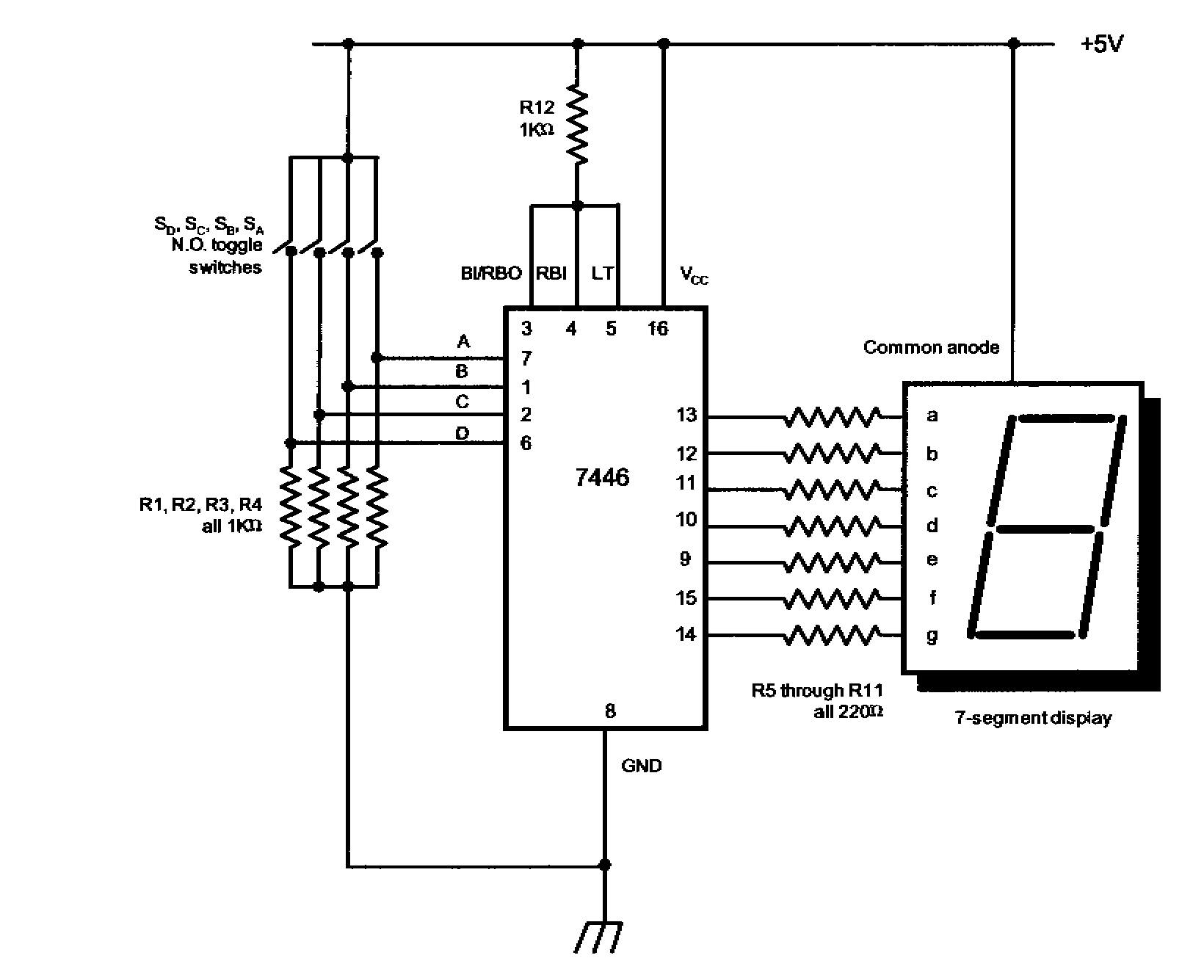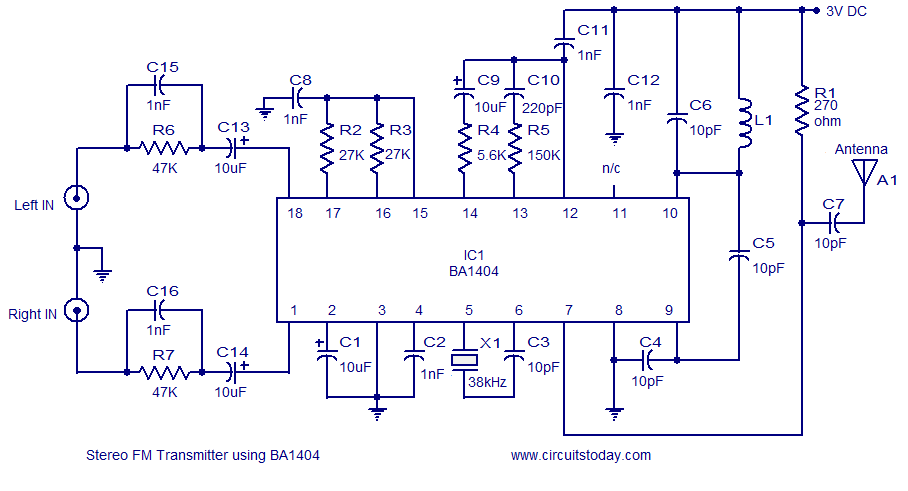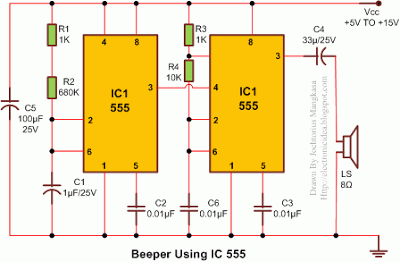
Voltage splitter using Op-Amp

Voltage splitter using op-amp uA741 IC, circuit diagram, working, description.
The voltage splitter circuit utilizing the uA741 operational amplifier (op-amp) is designed to provide a stable output voltage that is a fraction of the input voltage. The uA741 is a versatile, general-purpose op-amp known for its ease of use and reliability in various applications, including voltage splitting.
In a typical configuration, the voltage splitter employs a non-inverting op-amp setup. The input voltage is applied to the non-inverting terminal of the uA741, while a voltage divider network is created using two resistors connected to the inverting terminal. The values of these resistors determine the output voltage level. The feedback loop from the output to the inverting terminal ensures that the op-amp maintains the desired voltage level at the output.
For example, if resistors R1 and R2 are used in the voltage divider, the output voltage (Vout) can be expressed as:
Vout = Vin * (R2 / (R1 + R2))
Where Vin is the input voltage. This equation illustrates how the output voltage is a scaled version of the input voltage based on the resistor values.
The circuit diagram typically includes the uA741 op-amp, power supply connections, input voltage source, and the resistor network. Proper bypass capacitors should also be included near the power supply pins of the op-amp to filter out noise and ensure stable operation.
This voltage splitter circuit can be utilized in various applications where a specific lower voltage is required from a higher voltage source, such as in sensor applications, signal conditioning, and interfacing with microcontrollers. The uA741 op-amp’s characteristics, including its gain bandwidth product and input/output impedance, make it suitable for these types of applications, providing reliable performance and accuracy.Voltage splitter using op-amp uA741 IC, circuit diagram, working, description.. 🔗 External reference
The voltage splitter circuit utilizing the uA741 operational amplifier (op-amp) is designed to provide a stable output voltage that is a fraction of the input voltage. The uA741 is a versatile, general-purpose op-amp known for its ease of use and reliability in various applications, including voltage splitting.
In a typical configuration, the voltage splitter employs a non-inverting op-amp setup. The input voltage is applied to the non-inverting terminal of the uA741, while a voltage divider network is created using two resistors connected to the inverting terminal. The values of these resistors determine the output voltage level. The feedback loop from the output to the inverting terminal ensures that the op-amp maintains the desired voltage level at the output.
For example, if resistors R1 and R2 are used in the voltage divider, the output voltage (Vout) can be expressed as:
Vout = Vin * (R2 / (R1 + R2))
Where Vin is the input voltage. This equation illustrates how the output voltage is a scaled version of the input voltage based on the resistor values.
The circuit diagram typically includes the uA741 op-amp, power supply connections, input voltage source, and the resistor network. Proper bypass capacitors should also be included near the power supply pins of the op-amp to filter out noise and ensure stable operation.
This voltage splitter circuit can be utilized in various applications where a specific lower voltage is required from a higher voltage source, such as in sensor applications, signal conditioning, and interfacing with microcontrollers. The uA741 op-amp’s characteristics, including its gain bandwidth product and input/output impedance, make it suitable for these types of applications, providing reliable performance and accuracy.Voltage splitter using op-amp uA741 IC, circuit diagram, working, description.. 🔗 External reference





